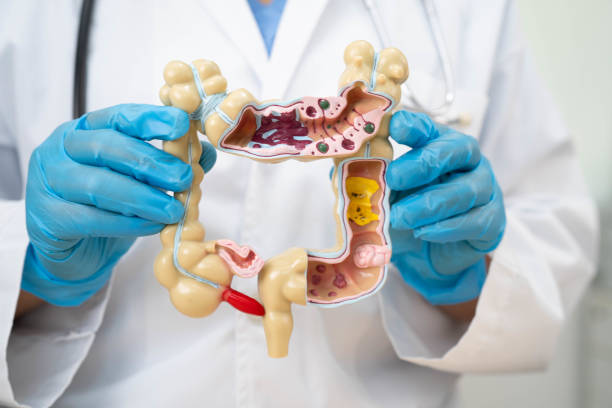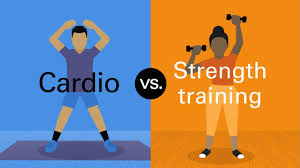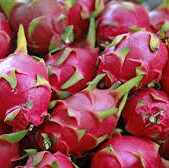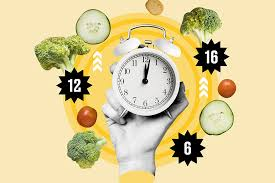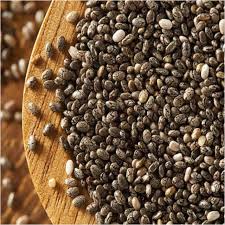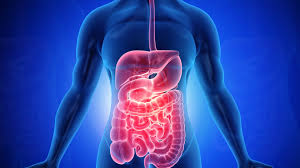What Is Piles – How Can I Remove Piles?
Piles, also known as haemorrhoids, are swollen and inflamed veins in the rectum and anus that cause discomfort, pain, and sometimes bleeding. They can occur inside the rectum (internal haemorrhoids) or under the skin around the anus (external haemorrhoids).
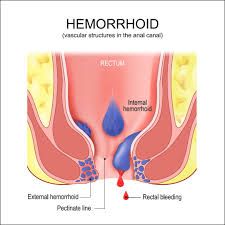
Causes of Piles
Piles develop due to increased pressure in the rectal veins. Some common causes include:
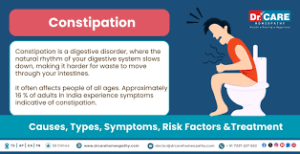
-
Causes of Piles
Piles develop due to increased pressure in the rectal veins. Common causes include:
- Chronic Constipation or Diarrhea: Frequent straining due to constipation increases pressure on rectal veins, causing them to swell. Diarrhea can also irritate the rectal area, leading to inflammation and discomfort.
- Straining During Bowel Movements: Excessive straining while passing stool puts pressure on rectal veins, leading to their enlargement. This habit weakens the rectal tissues over time, increasing the risk of piles.
- Sitting for Long Periods on the Toilet: Spending too much time on the toilet, especially using mobile phones, can increase pressure on anal veins. This prolonged strain contributes to the development of piles.
- Pregnancy (Increased Pressure on Veins): During pregnancy, the growing uterus exerts pressure on pelvic veins, leading to poor blood circulation. Hormonal changes can also slow digestion, causing constipation and piles.
- A Low-Fiber Diet: A diet lacking fiber leads to hard stools and difficulty in passing bowel movements. This increases straining, causing irritation and swelling in the anal region.
- Obesity and Lack of Physical Activity: Excess body weight puts pressure on rectal veins, increasing the risk of haemorrhoids. A sedentary lifestyle slows digestion and bowel movement, leading to constipation and piles.
Symptoms of Piles
The symptoms vary depending on the type of haemorrhoids:
- Internal Haemorrhoids: Painless bleeding during bowel movements, rectal discomfort.
- External Haemorrhoids: Itching, pain, swelling, and lumps around the anus.
- Thromboses Haemorrhoids: A hard lump near the anus due to a blood clot, causing severe pain and swelling.
Treatment & Prevention
Home Remedies:
- Eat a high-fiber diet (fruits, vegetables, whole grains)
- Drink plenty of water
- Avoid straining during bowel movements
- Use warm sitz baths to soothe irritation
- Apply ice packs to reduce swelling
- Use over-the-counter creams or ointments
Medical Treatment:
- Medications: Topical creams, pain relievers, and stool softeners
- Minimally Invasive Procedures: Rubber band ligation, sclerotherapy, or coagulation therapy
- Surgery: Hemorrhoidectomy (removal of haemorrhoids) or stapled hemorrhoidopexy in severe cases
Conclusion
Piles are a common condition that can be managed with lifestyle changes and home remedies. However, if symptoms persist or worsen, consult a doctor for medical intervention.
